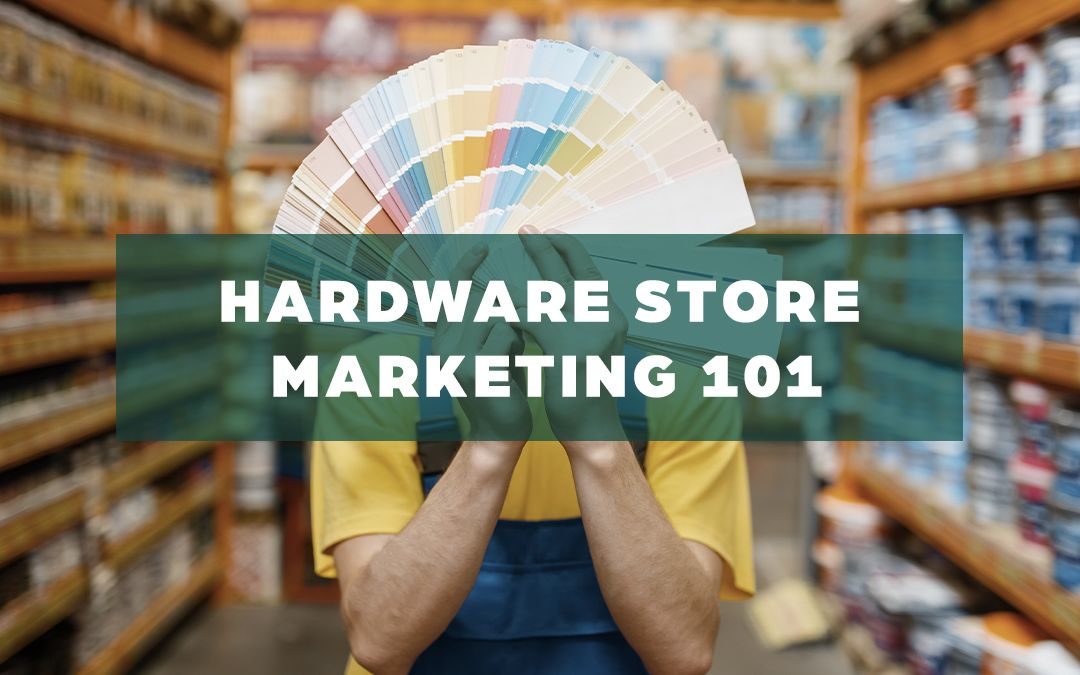We all know covid has changed things – and they aren’t going back to the way they were. That includes employees, how they think about work and what their employer should be giving them.
“It’s not a ‘labor shortage.’ It’s a great reassessment of work in America.” – Heather Long
The time has come to start implementing programs and cultural structure to address the unsaid needs of retail employees. Here are the top three things retail employees want, but probably won’t tell you about unless you ask.
- Perks, work-life balance and equity: It’s not just about free lunches anymore
- Wellbeing: Covid burnout and mental health
- Purpose and connection: It’s not just the millennials
1. Perks. “Some 649,000 retail workers put in their notice in April, the industry’s largest one-month exodus since the Labor Department began tracking such data more than 20 years ago.”1
2. Wellbeing. Covid opened the door to this conversation and it’s time to step through that door and start talking about wellbeing as a tripod: physical, mental and emotional. How can you serve your employees (which in turn better serves your business and your customers) in previously underserved areas of wellbeing? A new report by UK-based charity retailTRUST found that retail workers are “suffering the lowest mental wellbeing of any employee group, with the pandemic continuing to worsen staff’s mental health.”2
3. Purpose and connection. Covid has changed us all and what was once just the purview of millennials is now something we’re all thinking about. The fear and isolation, combined with the stress and overwhelm of retail has people rethinking their priorities, so as owners and managers, one of the primary focuses of 2022 needs to be providing purpose and connection. “It was a really dismal time, and it made me realize this isn’t worth it,” said 23-year-old Aislinn Potts of Murfreesboro, Tenn., who left her $11-an-hour job as an aquatic specialist at a national pet chain in April to focus on writing and art. “My life isn’t worth a dead-end job.”3
1https://www.washingtonpost.com/business/2021/05/07/jobs-report-labor-shortage-analysis/
2https://www.retail-insight-network.com/analysis/retailers-need-to-focus-on-employee-mental-health-experts-weigh-in/
3https://www.washingtonpost.com/business/2021/06/21/retail-workers-quitting-jobs/
So what are the solutions?
1. Keep doing the free lunches and other short-term perks, but start implementing benefits centered around long-term relief and ease, not instant just gratification. Think in terms of things you can offer that address all three areas on this list.
- Take a survey and ask your employees what they need.
- Micro classes on the basics of budgeting, eating better and reducing stress and overwhelm.
- Training on things people with privilege have access to like understanding investing/cryptocurrency; recognizing symptoms of PTS, trauma and burnout; accessible ways to use things we know work to reduce stress like meditation and mindfulness.
- Scheduling flexibility – think about scheduling that is employee centric, rather than employer centric. This doesn’t sacrifice customer service. Employees who feel taken care of will pass that care on to customers.
2. Instigate cultural shifts to normalize mental health.
- Start small by talking in broad terms about the effects of covid and the stress of working retail during this time. Bring the discussion into your huddles and your manager meetings and begin to break down the taboos around talking about mental health.
- Make sure you have a program in place to assist employees in seeking and receiving counseling or therapy.
- Train your managers to understand how to recognize the effects of overwhelm, burnout and trauma.
3. Create purpose and connection. When people are learning, they are more engaged and have higher self-esteem, which leads to better mental health and better performance.
- Formalize a mentoring program between more experienced and less experienced employees.
- Ask your employees what they want to learn – and follow through.
- Initiate a culture of micro trainings on the floor. Data shows that short, person to person training in the moment is more engaging and creates better retention than long hours in a classroom setting. (See first bullet point.)
Conclusion
This is a big subject and we’ll be writing more about this in months to come, but if you start small and begin with even just one bullet point from one category, you’ve set the wheels in motion. This isn’t a sprint, it’s a marathon and it’s one you can win. If you want to tackle more than you have the resources to create on your own, reach out to us and we can help you implement a strategy that will set you up for success.
Click below to grab a quick meeting for us to chat! With Gratitude, Rand!
See how the Mojo team helped an Ace Hardware store in Bozeman, MT.

Jocelyn has been in the hardware retail business for over a decade, working with retailers from around the country on culture building, content creation, blog writing, website development, and overall marketing strategy. She has been working with Mojo since 2021.

